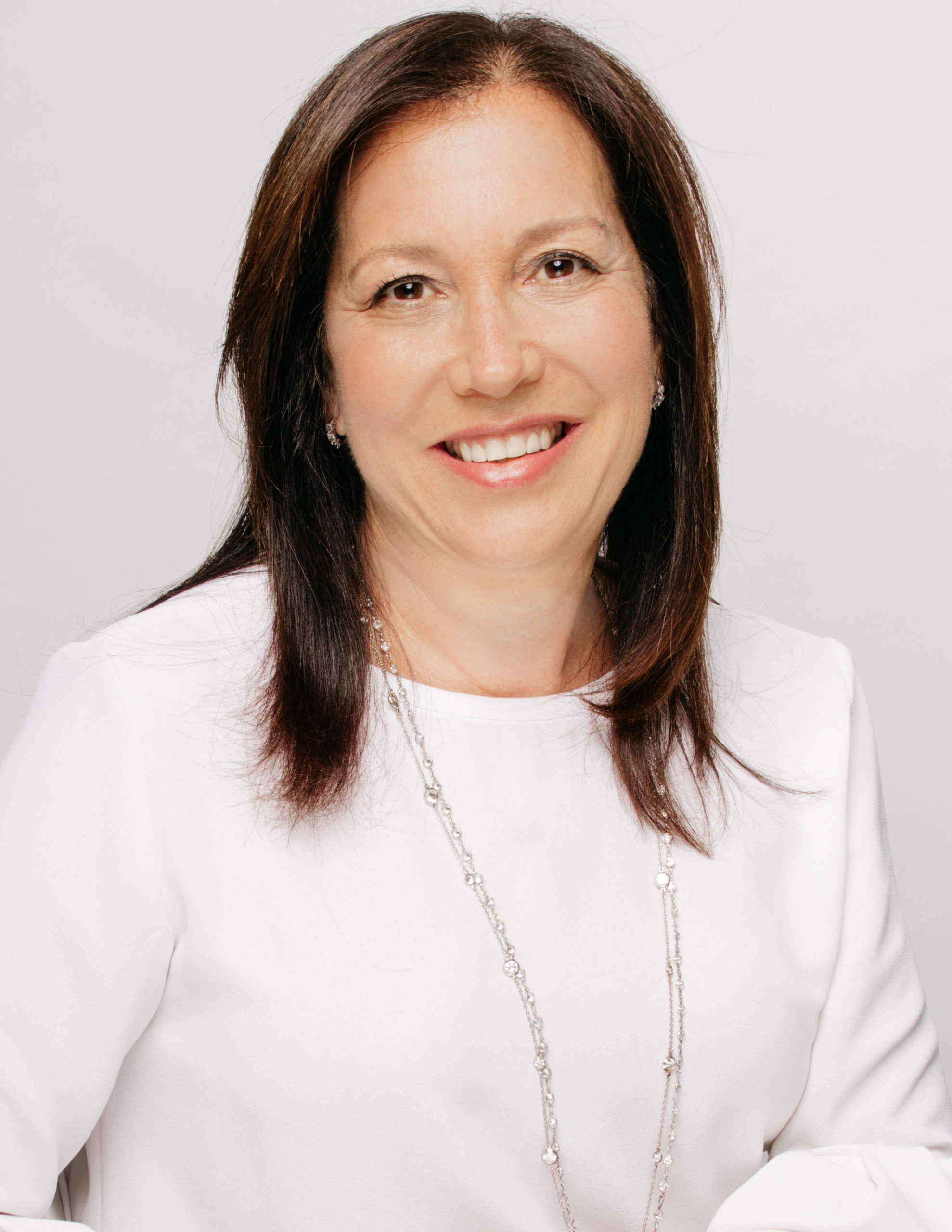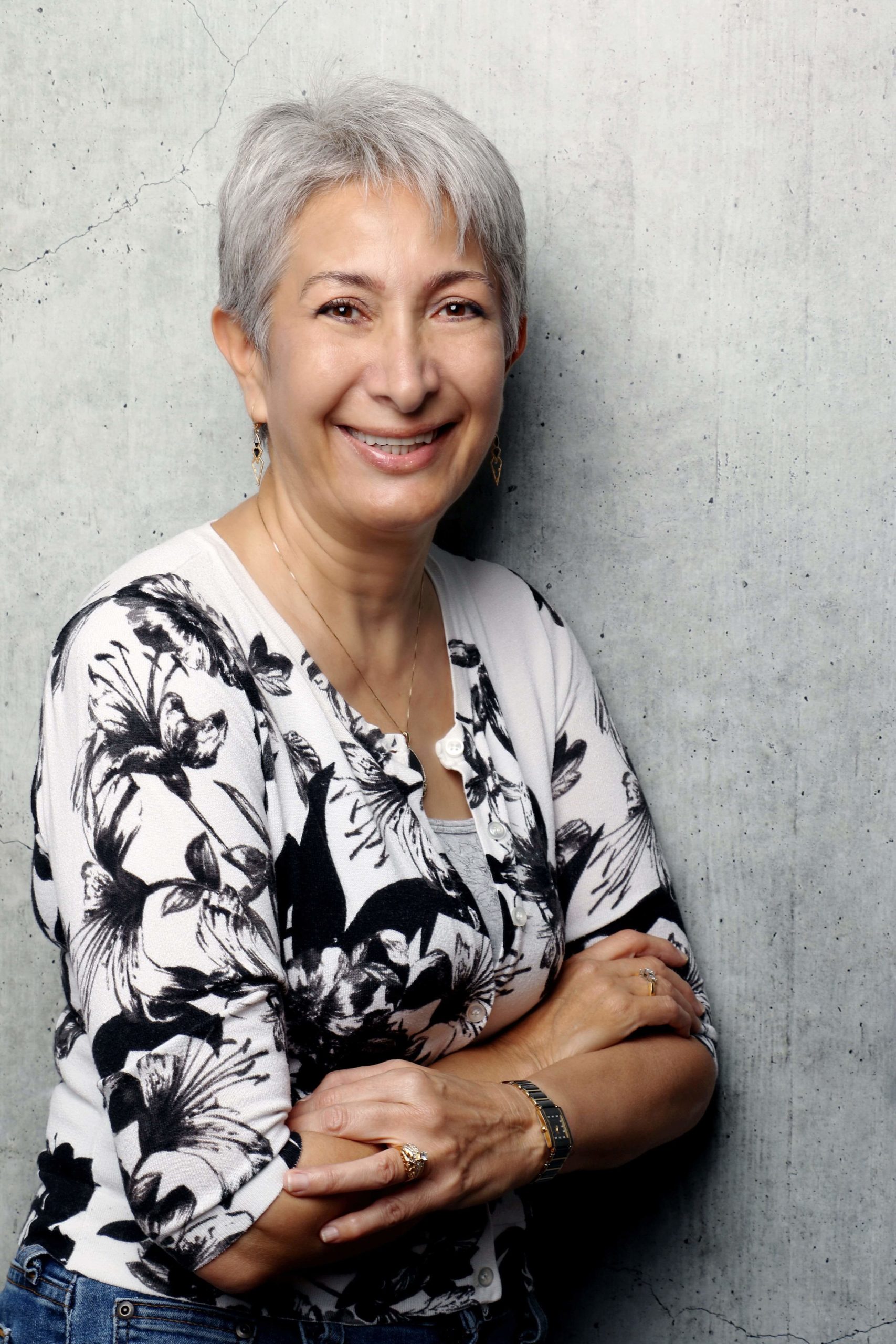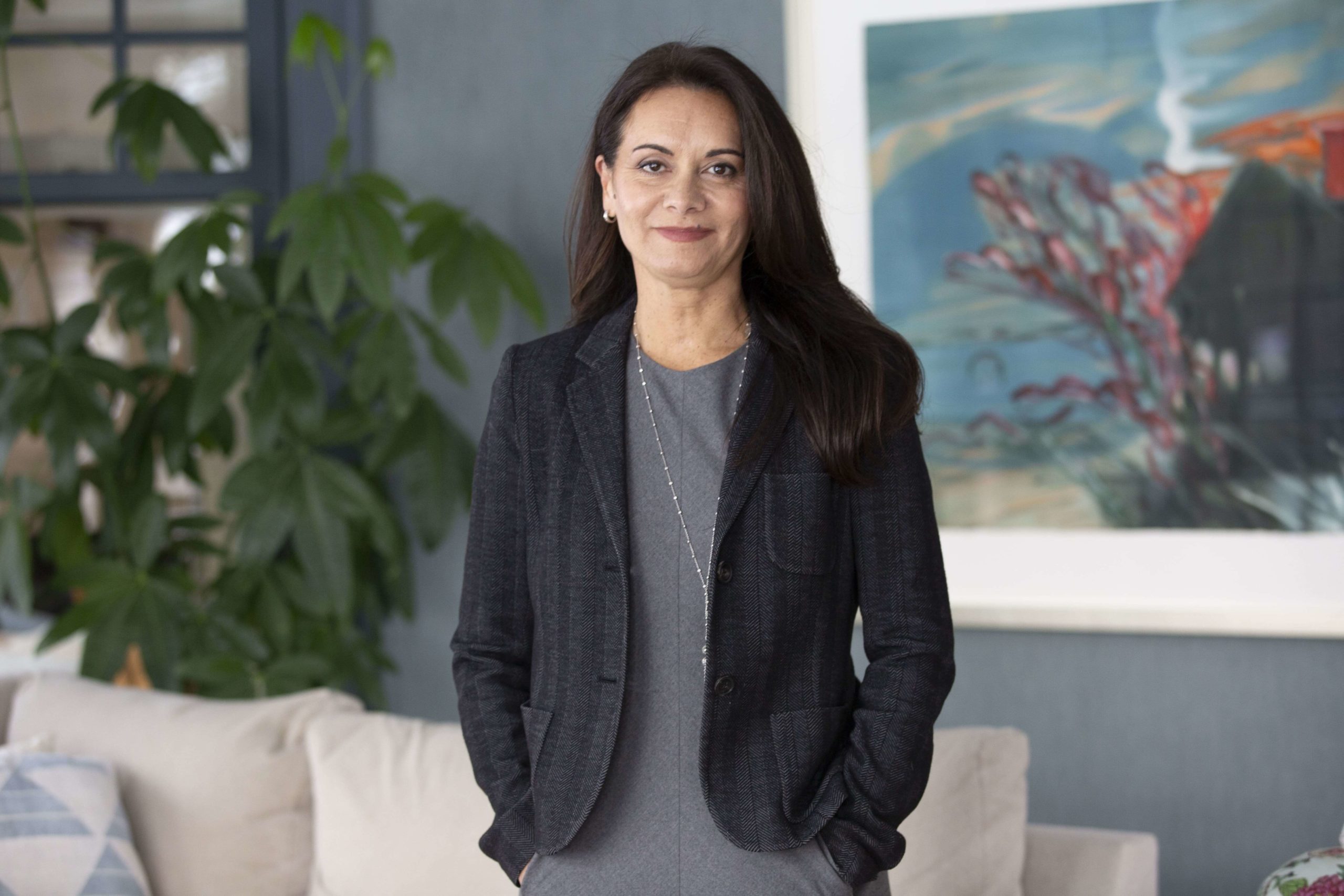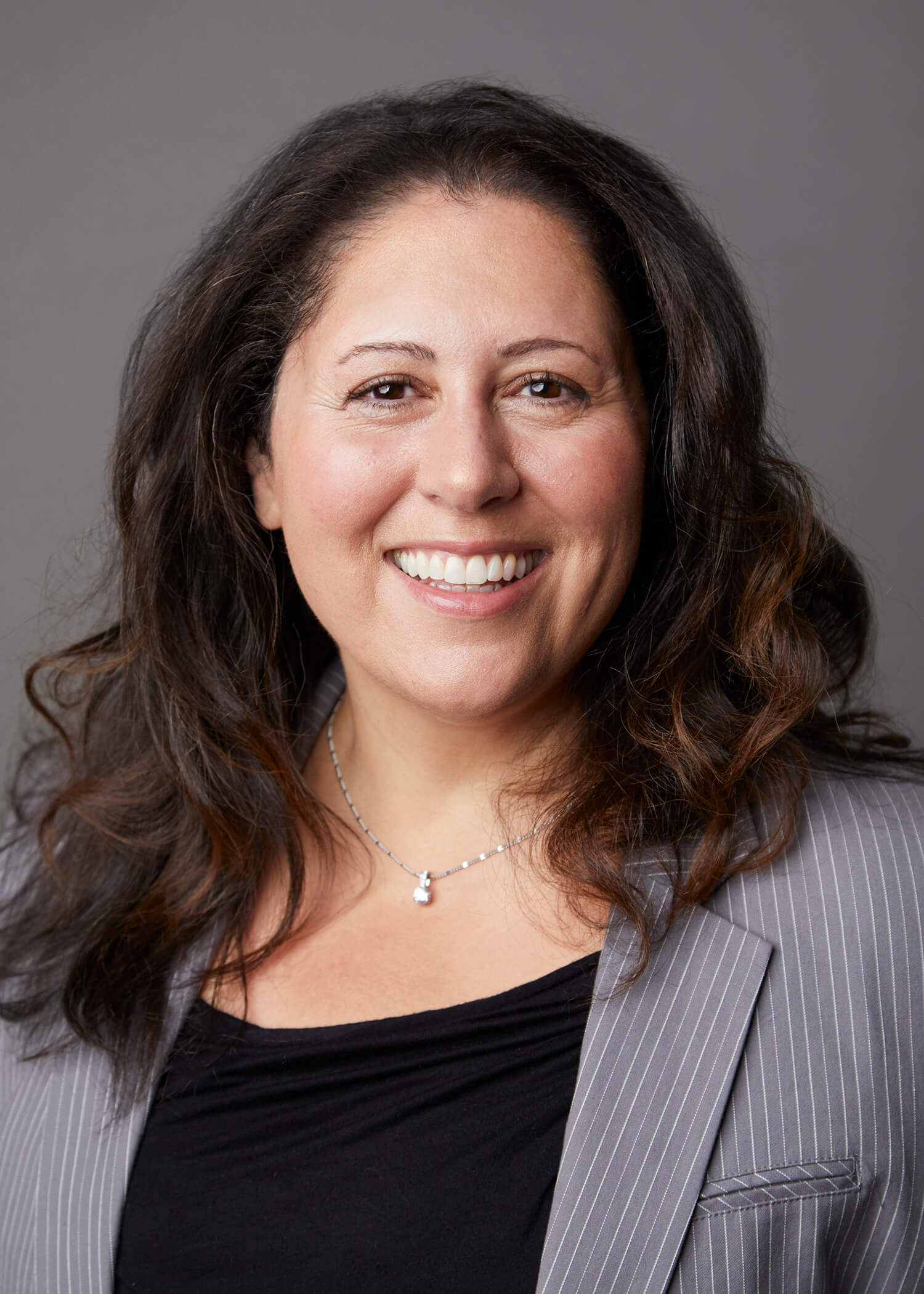In response to labour shortages, particularly in technical fields such as technology and science, attracting more women into key roles could help fill the demand for talent. However, women are largely under-represented in these sectors, since they represent only 20% of information and communications technology executives in Canada.
How can we encourage girls and women to enter these in-demand industries? Answers and vision of several entrepreneurs, women leaders at the Technoparc Montréal.
“As changemakers, young women (and young men) deserve advancement so their futures can grow. Today, however, there are not enough women in technology. From a marketing perspective, digital skills and competencies are crucial to every aspect of my career. Data and analytics, digital transformation, website / SEO/ SEM, social media and artificial intelligence are critical to marketing.
So how do we encourage young women to pursue technology as a career? Educate girls from the get go that technology is for innovative thinkers. Introduce young women to relatable mentors who can provide real advice for navigating the tech industry. Shift the narrative, make career options visible and share the real stories around being a woman in tech. I’ve been marketing for software companies for 30 years. Technology is fascinating, inspiring and central to every part of my profession.”
Focus on diversity
With the current (wo)manpower needs and the expected growth in a number of industries, it is essential to encourage young people in general – including men – to pursue careers in science. It will also bring a diversity of profiles, as highlights by Sylvie Bergeon, VVice-President of Human Resources and Electrification HR business partner, ABB Canada.
“A key component to driving innovation is to have diversity of thought in a team, and to achieve this we need an environment comprised of both women and men, multiple disciplines, experience levels and backgrounds. Building a culture of diversity and inclusion makes each of us stronger and is critical to our success that we create work environments where all individuals’ contributions are valued and respected.
Closing the professional gender gap requires championing of STEM education and establishing role models for girls to solve the imbalance. It is important that we show the next generation that it is possible to reach goals, personal and professional, regardless of ones gender. I am proud and privileged to be amongst so many women engineers and women in technology-led roles who continue to inspire others to follow and even forge new professional paths.”
Making an impact on society
Making science and technology related jobs more concrete could inspire more women. These types of jobs can have an impact on the lives of others and on our society today, as explains Sarah Sajedi, CEO, ERA Environmental Management.
“It is important to encourage young people, especially women, to pursue their goals in the sciences/technology and highlight how women in the field are making an impact that improves the world around them to support them in pursuit tech-related jobs.
My background in Chemistry/Biochemistry has helped me raise awareness about air pollution and water quality issues and become involved in humanitarian efforts. My Tech company, ERA Environmental software Solutions, has built a computer program that allows companies to track the pollutants they release into the atmosphere.
Science & Technology has helped my team and me make a difference in the life of others and the world around us. I believe that making an Impact on the life of others is the best motivator for today’s young women and men to engage with science and technology-related jobs.”
Sarah has received several awards as a woman entrepreneur, such as the Sara Kirke National Award for Women in Technology Leadership from the Canadian Advanced Technology Alliance.
For Dr. Clarissa Desjardins as well, an award-winning entrepreneur with over 25 years of experience in biotechnology, the impact on society guides her inspiring journey.
“After selling Clementia to Ipsen in 2019 [for US$1.3 billion], I asked myself what I wanted to do with my life. The answer was that I wanted to develop drugs for rare diseases, as we had at Clementia, by building an amazing culture, and an amazing team. However, this time, I thought that if we can use computational approaches that we develop, I believe Congruence can do this at greater scale and tackle multiple rare diseases.
Our understanding of protein structure, computational chemistry and machine learning has risen exponentially over the last few years and we in the drug discovery industry have just begun to apply these in a systematic way. These have the potential to vastly increase our productivity in drug discovery.”
The impact on society and the understanding of the world that surrounds us is also what has fascinated Christina Aon, Executive Director of CERASP (The Centre for Expertise and Applied Research in Pharmaceutical Sciences), since she was very young. This is why she naturally turned to a career in science.
“I always had a lifelong interest in science and I love an intellectual challenge. My father was a chemist and biologist and instilled in us a love and appreciation of science and nature. He was an amateur naturalist and taught us a lot about ecology and the natural world. We spent most of our summers in upstate New York at the cottage, exploring the woods, marshes and lakes. In high school, I discovered my passion for biology and chemistry. I remember learning the scientific principles and was amazed that people had discovered. The combination of creativity and organization spoke to me. While working for many years in pharma and vaccines, and seeing discoveries come to life, I knew that this was where I was meant to be. Managing a research center is challenging, no two days look the same and you are learning every day, and I find it fascinating!”
Female role models
Today, one in two Canadians still cannot name a single woman in science or engineering. It seems necessary to expose young women to female role models from the scientific community to get them interested in these careers. Each of the women presented in this article contributes to this effort.




